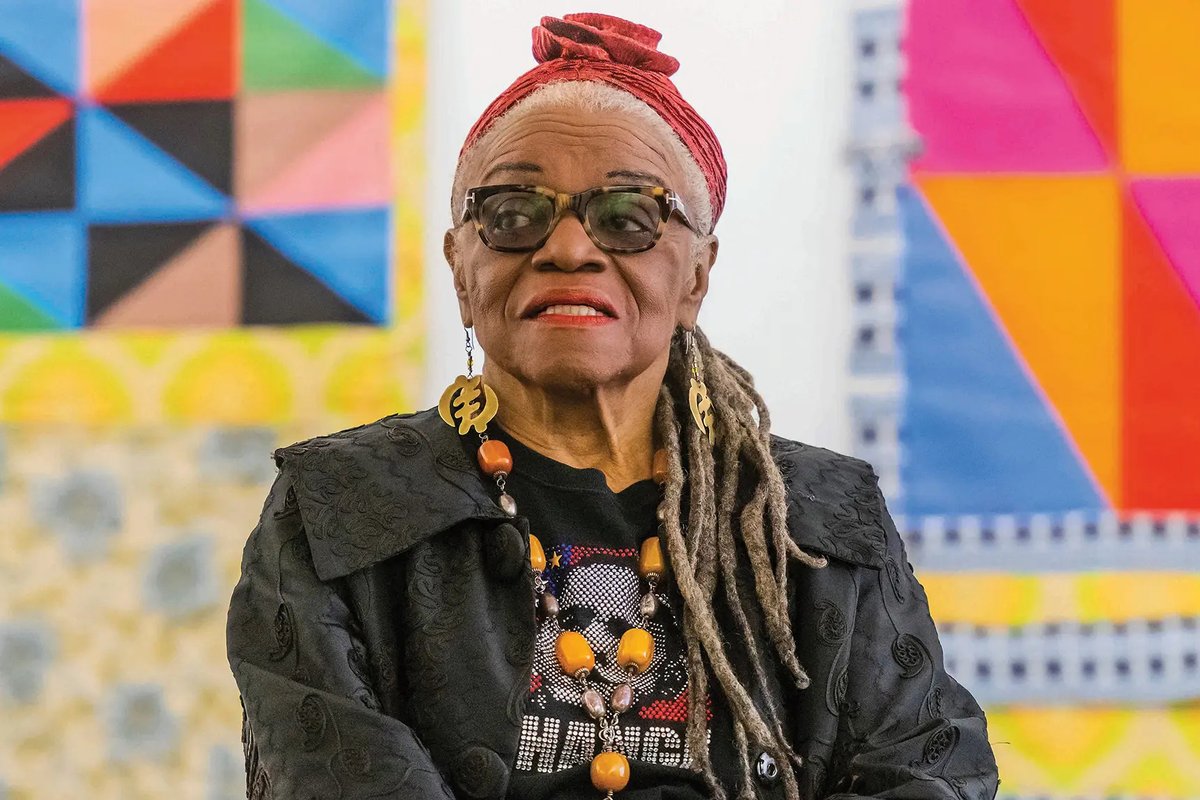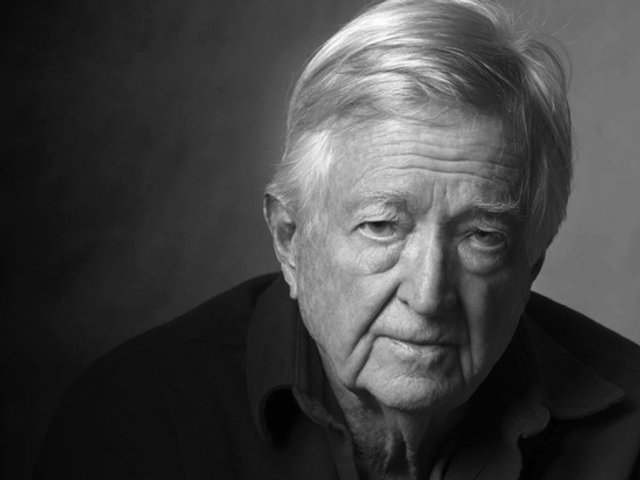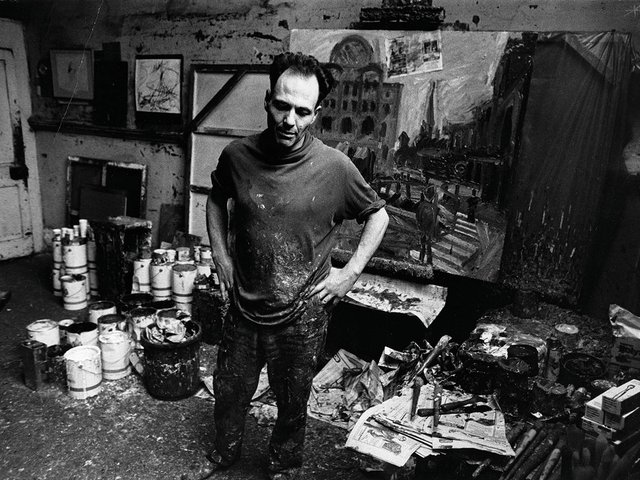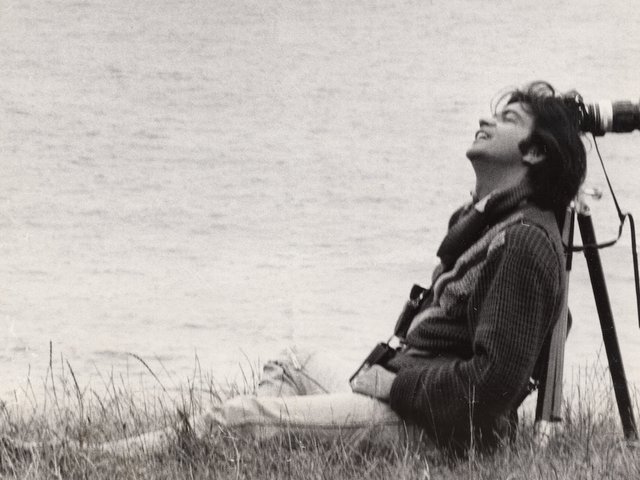As 2025 dawns, we want to pay tribute to the artists, curators, writers and dealers who died in 2024. Below is a selection of our obituaries for the year (click on the person's name to read the original obituary).
January
The US sculptor helped define the Minimalist movement, his quiet, material-driven work forever changing the lexicon of contemporary sculpture. His raw material works engaged viewers in an unprecious manner not typically associated with a museum or gallery experience. But since the mid-1980s, Andre’s legacy as an artist has been complicated by accusations that he killed his wife, the artist Ana Mendieta, who fell to her death from the window of their 34th-floor apartment in Greenwich Village in 1985.
Whitman was a pioneer of the early performance art events known as Happenings and collaborated with Robert Rauschenberg and others on technologically ambitious projects. His desire to pursue his unconventional artistic visions also led him to co-create the collective Experiments in Art and Technology (EAT), which he co-founded with Rauschenberg, with the help of Bell Telephone Laboratories engineers Fred Waldhauer, Billy Kluver and Julie Martin.
February
Jacob Rothschild, collector and philanthropist
Rothschild was a towering figure in the British art world, having a transformational effect on how the country’s heritage is regarded and looked after, as patron, collector and philanthropist, and as leader of institutions such as the Heritage Lottery Fund, the National Gallery, Somerset House, in London, and Waddesdon Manor, in Buckinghamshire. At the British Museum, the Rothschild Foundation funded the redisplay in 2015 of the Waddesdon Bequest, the only wunderkammer in Britain.
Self-taught artist Ghaben, who had been imprisoned by the Israeli authorities on a number of occasions, was a symbol of resistance and resilience in Palestine’s cultural scene. “He was the first to use the Palestinian flag in paintings…I vividly remember posters of his art everywhere in the city,” Aser El Saqqa, the Palestinian-born founder and managing director of Arts Canteen, a London-based arts organisation that supports artists from the Arab world and beyond, told The Art Newspaper.
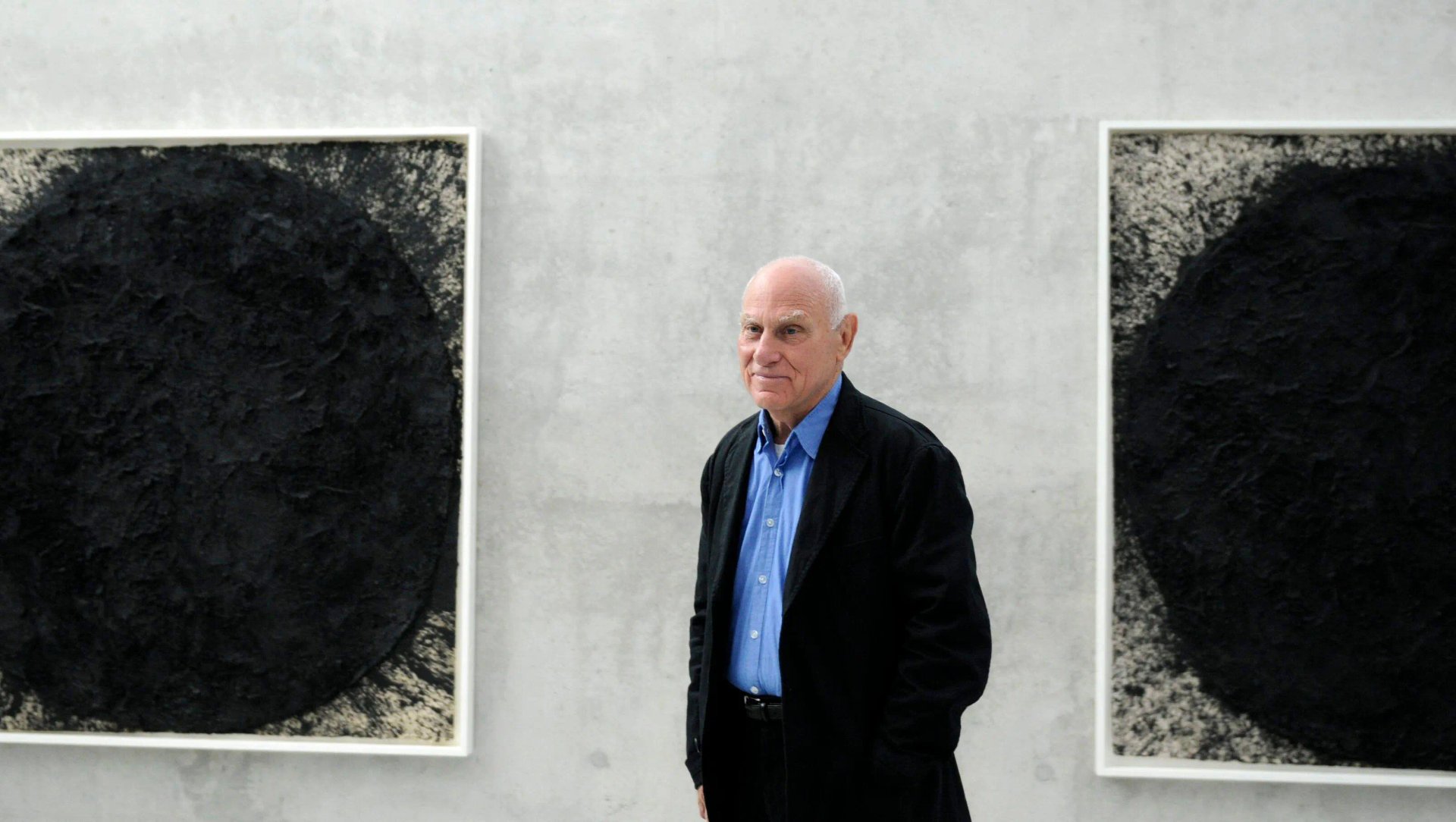
Richard Serra
Photo: Regina Kuehne; © AP Photo/Keystone
March
Serra liked to “work on the edge of what is possible”, creating gigantic steel works on the scale of ancient monuments like Stonehenge or Egyptian tombs. The famed dealer Leo Castelli took him on in 1966, though Serra refused to make works that were easily sellable, instead pushing for ever bigger pieces. “If you make some contribution at all, it’s very, very hard to predict, in terms of perpetuity, what’s going to last and what’s not. Let’s just say that this kind of work means that there’s a chance,” Serra said.
Samaras emerged in the downtown New York art scene in the 1950s, becoming best-known for creating self-referential works that spanned a multitude of media from paintings, photographs, installations, drawings, sculptures and more. Samaras once said that, although he never felt compelled to stick to a particular format or direction, there are subtle correlations in his work that are rooted in perspective, emotion and selfhood. “There are some people who spend years and years working on a particular format, and I don’t do that, I can’t do that,” Samaras said in a 1966 interview with Artforum.
April
Ringgold’s robust and unwaveringly political paintings gave way to sophisticated visual stories that demonstrated a belief in social change in the transformation of how Black women and girls saw themselves. When asked by the artist Kara Walker what activity or entity kept her feeling optimistic, lively and purposeful, Ringgold responded: “Painting. I usually like to do a series because it’s telling some kind of story. And if it hits me good, it might take a long time to tell it, and I might produce a lot out of that one idea.”
May
Stella remade Supremacist shapes into hard-edged abstractions in the early 1960s, before reinventing himself as a sculptor of frighteningly tactile and architectonic works that resisted easy categories of definition. He leaves behind a remarkable body of work that, in the words of the critic Peter Schjeldahl, “live on as a residual pressure, as tough as nails, in the minds of anyone who has cared or will care about art” of the past half-century.
Marc Camille Chaimowicz, artist
Chaimowicz’s multi-faceted practice, spanning over five decades and encompassing installation, performance, painting, artist books, and furnishings, defies categorisation. “Now—and in large part due to the influence of Chaimowicz—it is commonplace for artists to dissolve boundaries between art and design as well as public and private; but he blazed a trail with his erudite embracing of the decorative and the domestic,” wrote Louisa Buck.
June
Gladstone represents many of the biggest names in contemporary art including Keith Haring, Robert Mapplethorpe and Shirin Neshat. “I get to speak to the artist when the idea is a germ,” Gladstone told the journalist Charlotte Burns on The Art World: What If... podcast earlier this year. “They [artists] start talking about it and then you see it start to take form and then you see it change form and then you see them adapt and then you see the final result and it's a beautiful process because I'm not an artist. I can't make art, but I could be as close to the process as possible.”
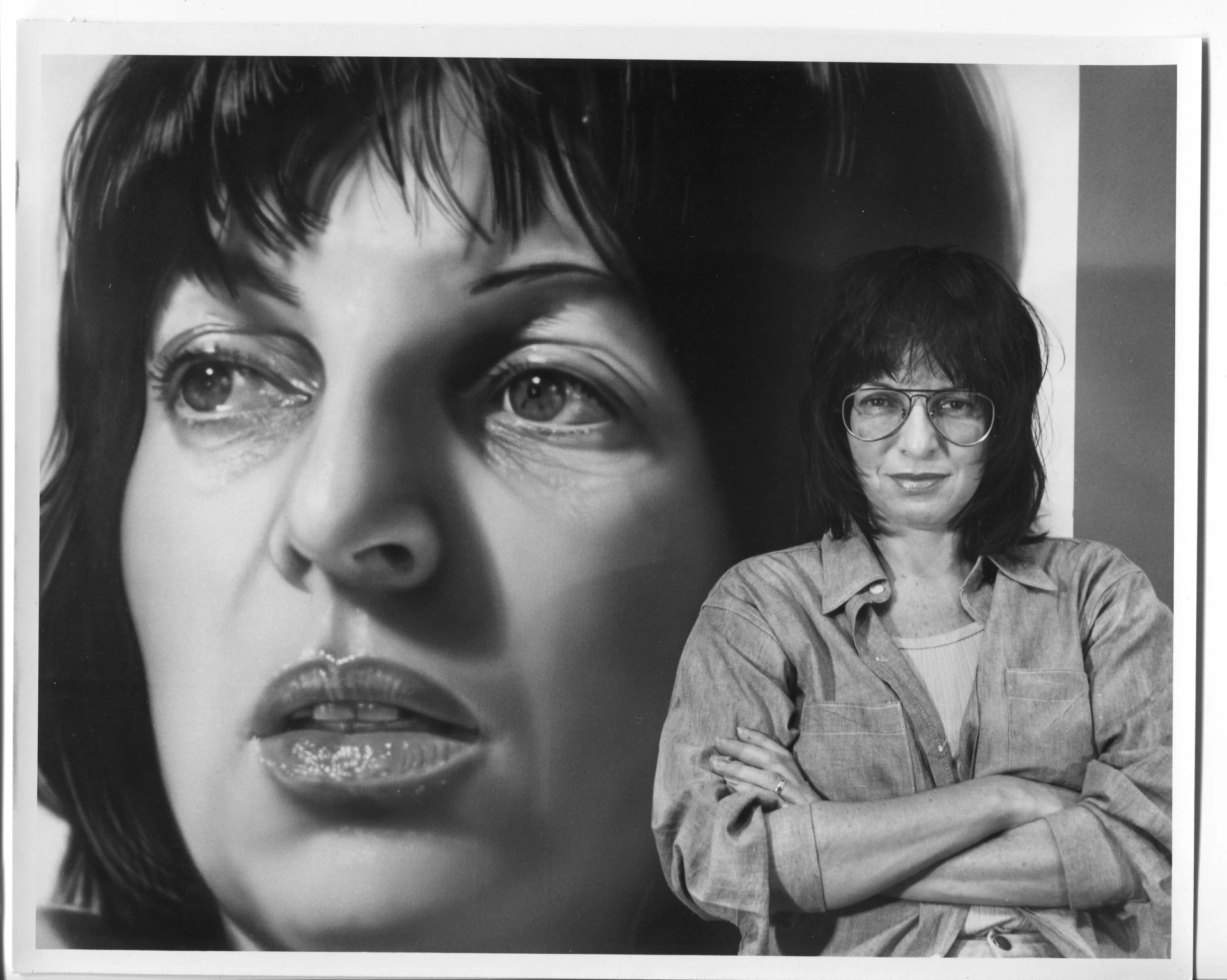
Audrey Flack in the 1970s
Audrey Flack
During the 1960s, Flack’s development of a distinct Photorealist language all her own constituted a visual sea change both in the genre and in the evolution of her practice, guiding her hand away from the masculine bravura of Abstract Expressionism and into a more vulnerable, explicitly feminist realm. Juxtaposing art historical symbols like memento mori skulls with tarot cards, jewellery and tubes of lipstick, her self-consciously feminine compositions ruffled feathers in the art critical sphere.
July
Over the past 45 years Bill Viola, with his wife and close collaborator Kira Perov, turned video into a questing, powerful art form. The New York gallerist James Cohan, who has represented Viola since 1992, said: “Using video and film—the moving image—a medium which we all take for granted, to plumb the depths of human emotion will be Viola’s lasting contribution to art history.”
August
The German curator Kasper König, was a co-founder of Skulptur Projekte Münster and is described as one of the most influential contemporary art exhibition-makers of his era. In 1968, he founded an art publishing company with his brother. Walther König’s firm today operates bookstores in most German cities as well as in museums. The former director of Cologne’s Museum Ludwig “shaped the art discourse of the last five decades like no other", the museum said.
Anfam's book on Abstract Expressionism for the Thames and Hudson World of Art series became a staple from its first publication in 1990, wrote the artist Erin Lawlor. "Over the following years, his continued explorations of 20th-century American art, from his catalogue raisonné of Mark Rothko (1998)—almost a decade in the writing—to his important work at the Clyfford Still Museum, both prior to and after its opening in 2011, cemented his reputation as an essential figure in the field," she adds.
September
Elizabeth Esteve-Coll, former museum director
Esteve-Coll is best known in the art world for having been a charismatic but at the time much criticised director of the Victoria and Albert Museum (V&A), in London, from 1988 to 1995, a turbulent period in its history. She should also be remembered as a professional librarian at Kingston University and the University of Surrey, then keeper of the National Art Library from 1985 to 1988, as well as a briefer period as vice-chancellor of the University of East Anglia (UEA) from 1995 to 1997.
Boshier gained international renown for album cover designs for musicians such as David Bowie and The Clash, but during a restless career that continued until the time of his death he moved between painting, drawing, photography, film and video, assemblage and installation. Like the work of the slightly older British Pop artist, Richard Hamilton, Boshier’s early paintings were satiric and looked at US military power and consumer culture.
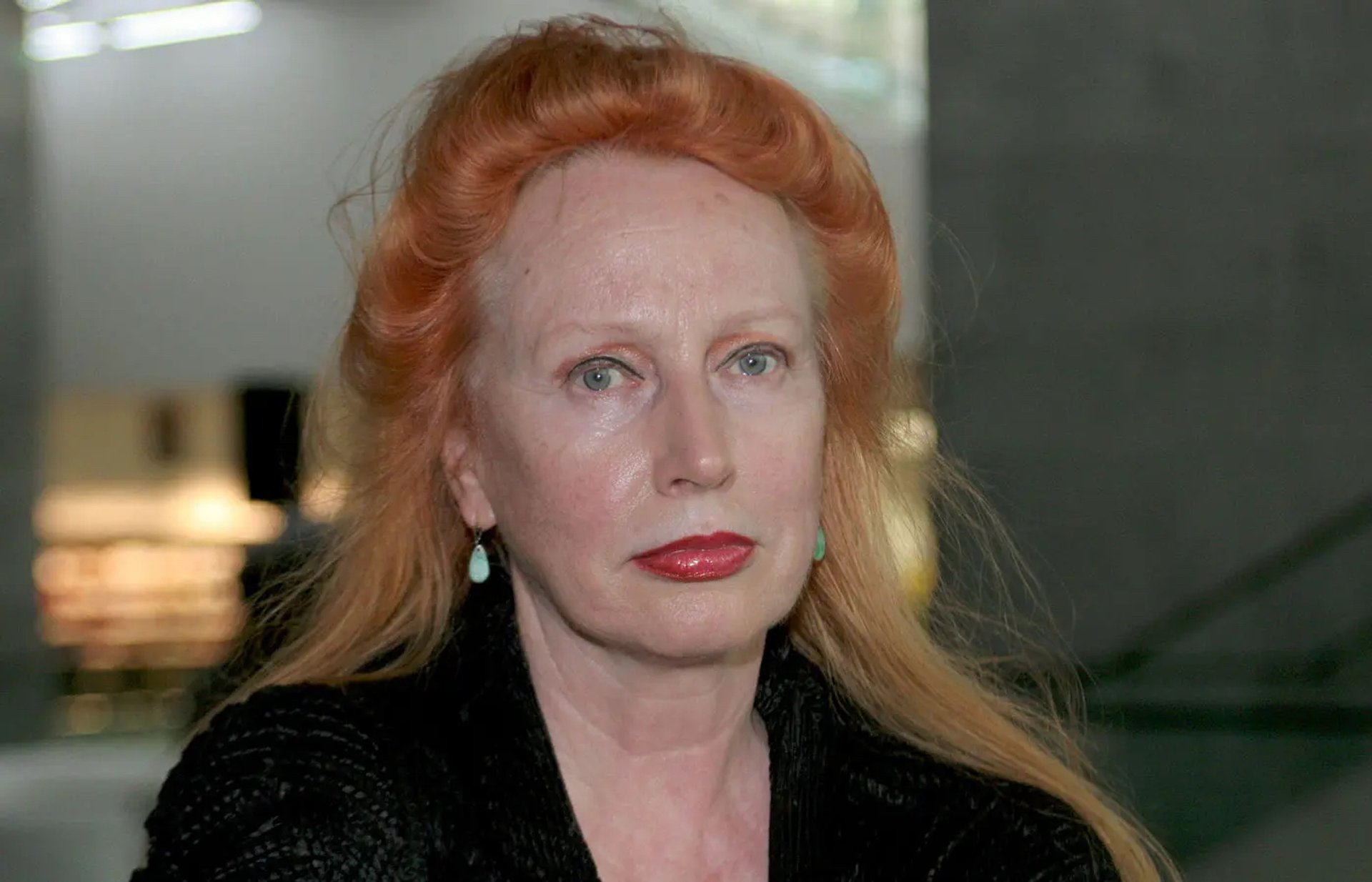
Rebecca Horn in 2005
Michael Latz / ddp / Associated Press / Alamy Stock Photo
German-born Rebecca Horn is known for her innovative conceptual exploration of the human body in sculptures, films, performances and photographs. A pivotal series, Personal Art (1968-72), included early examples of her body-modification suits made of bandages, belts and feathers which have been described as “wearable sculpture”. Concurrent with her installations and performances, Horn also maintained a rich drawing practice.
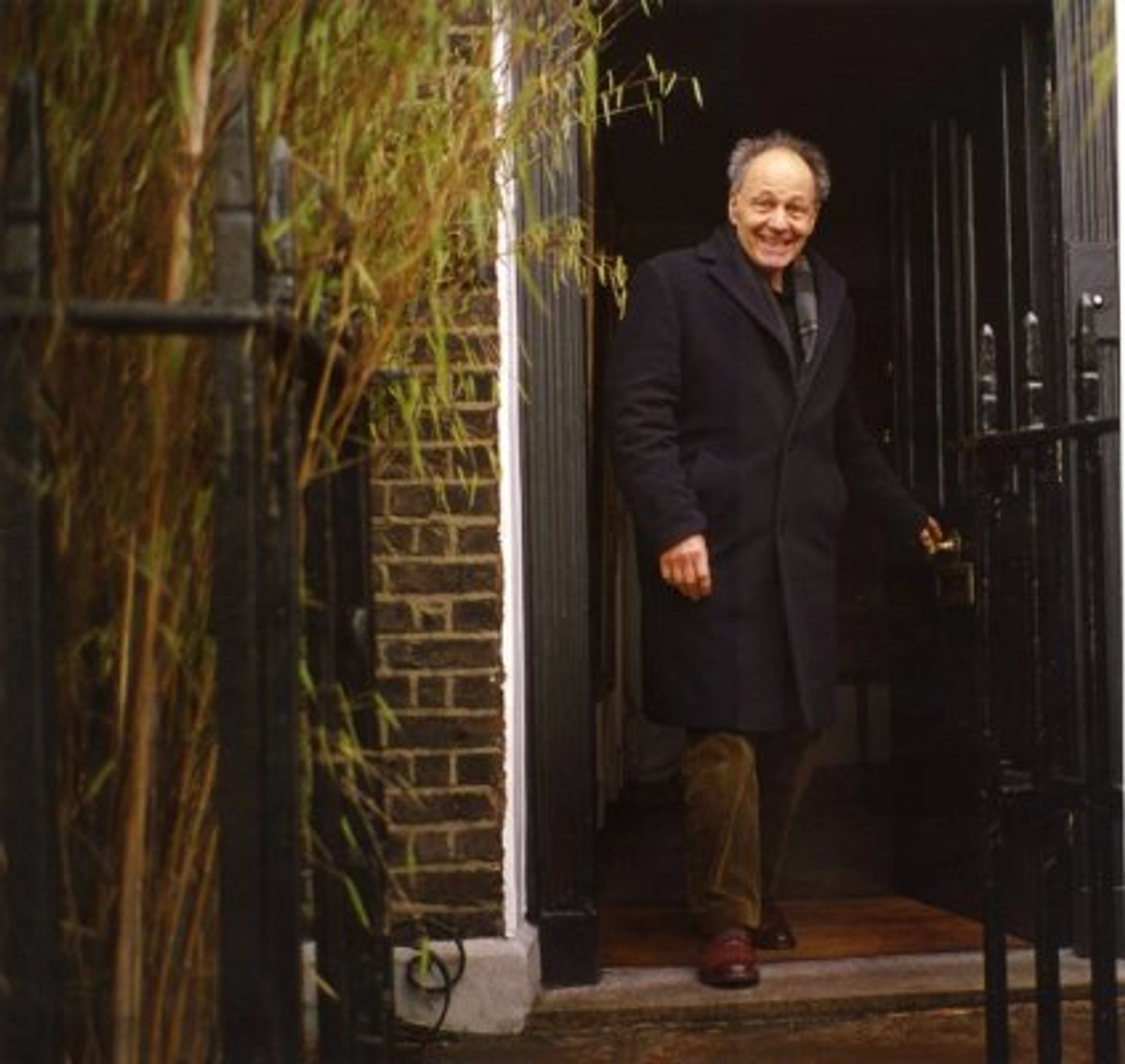
Frank Auerbach
Photo by David Dawson
November
Auerbach, one of the leading artists of his generation, who died aged 93, produced some of the most enduring and perceptive observations of what it meant to be alive during his time. Tributes poured in; to Colin Wiggins, who curated Frank Auerbach and the National Gallery: Working After the Masters (1995), at London’s National Gallery, Auerbach was an artist whose work will be lifted “into another dimension” by posterity.
December
Lorraine O’Grady, an indefatigable conceptual artist whose work critiqued definitions of identity structured around facile boundaries and binaries, died age 90 in New York. In 1983, she entered a float into the annual African American Day Parade in Harlem. It featured a large, gilded and empty frame, and was accompanied by a troupe of 15 Black performers hired by O’Grady. Each one carried their own frame, holding them up in front of spectators lining the parade route. Images from that project, Art Is… (1983), entered the wider lexicon of visual culture as O’Grady’s career gained momentum in recent decades.


